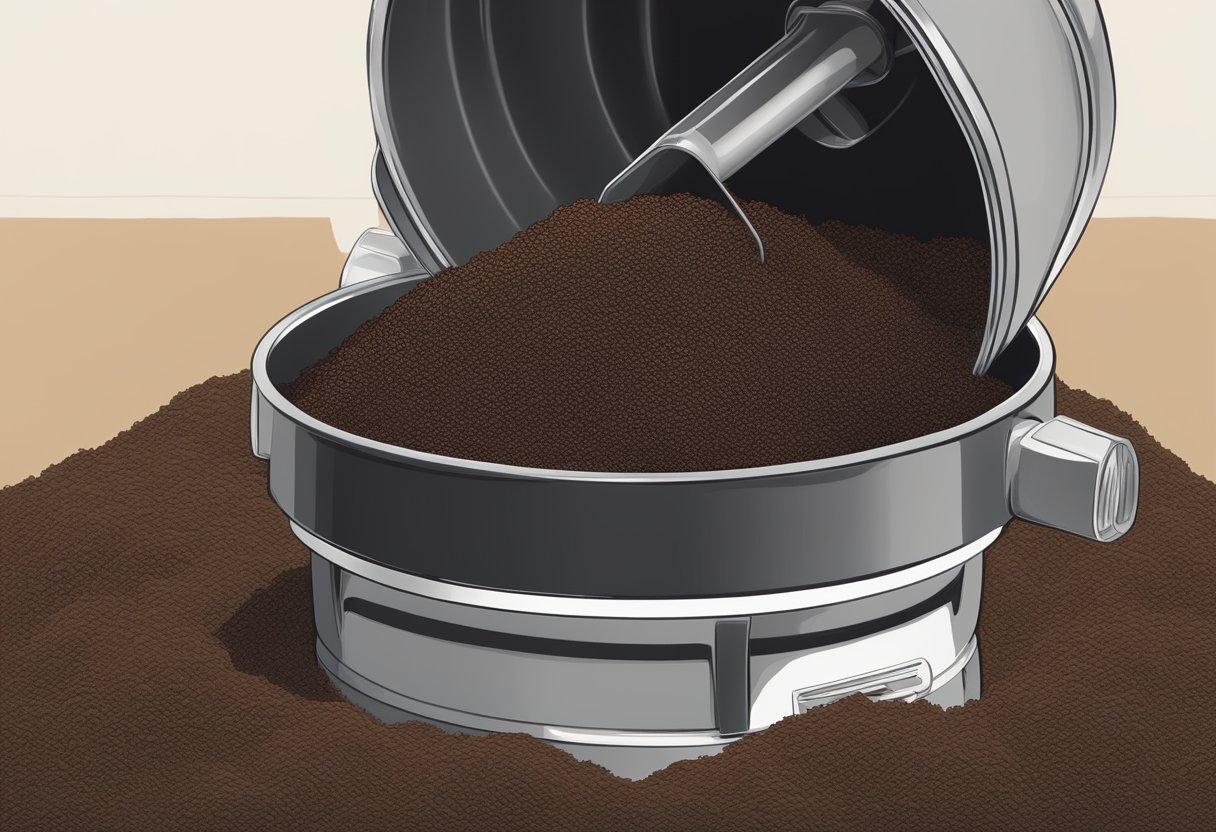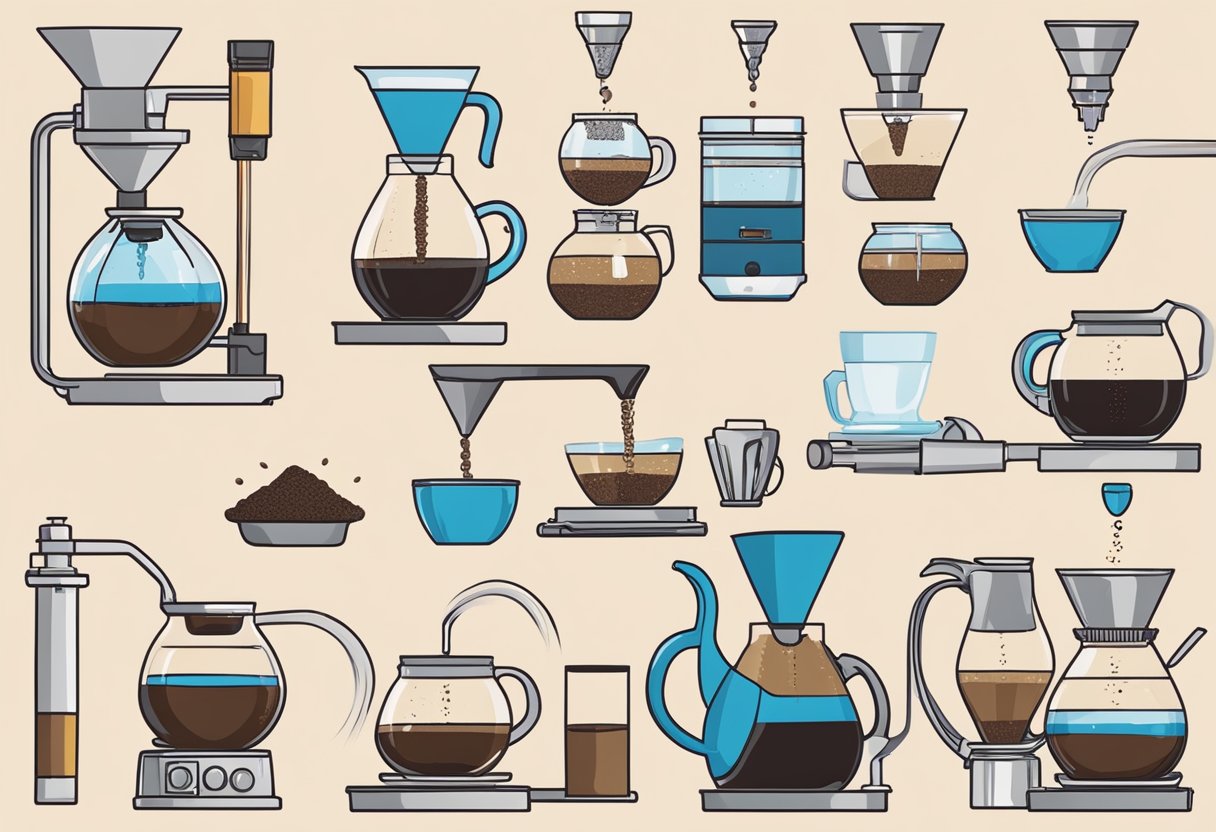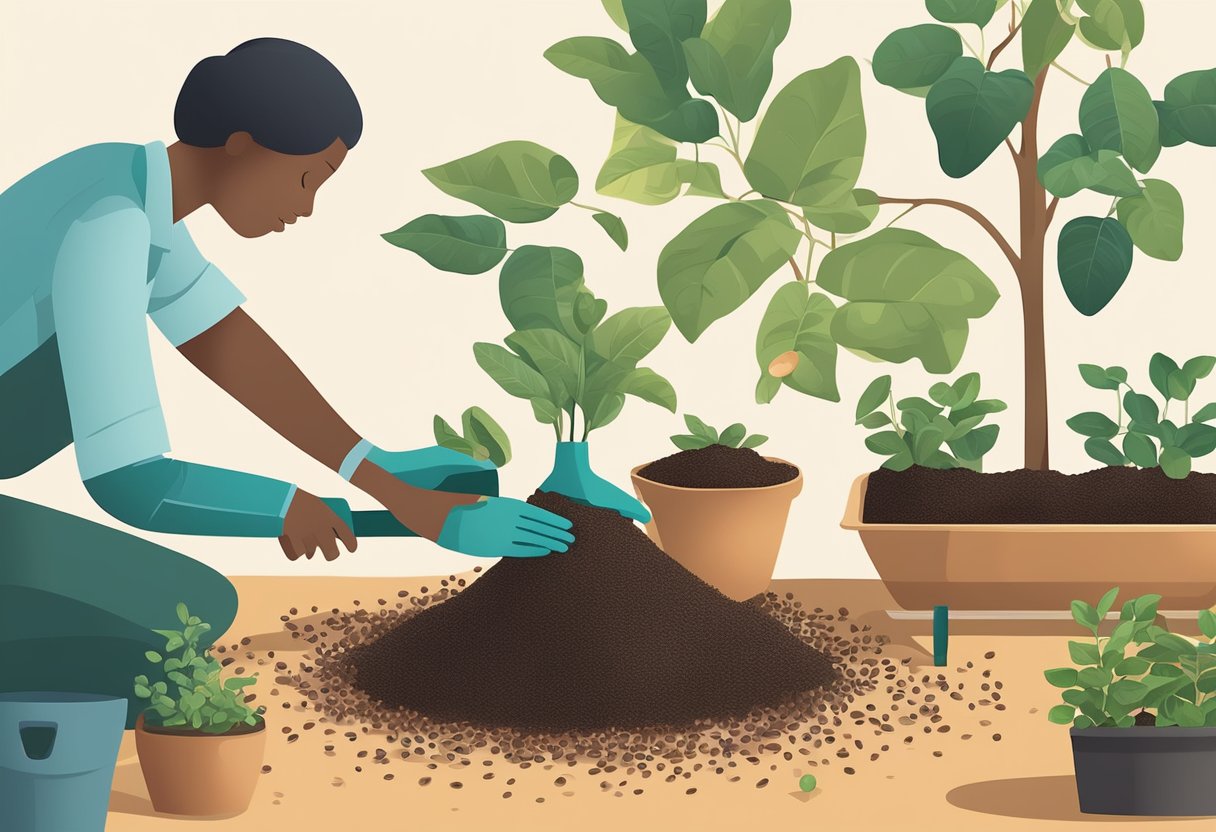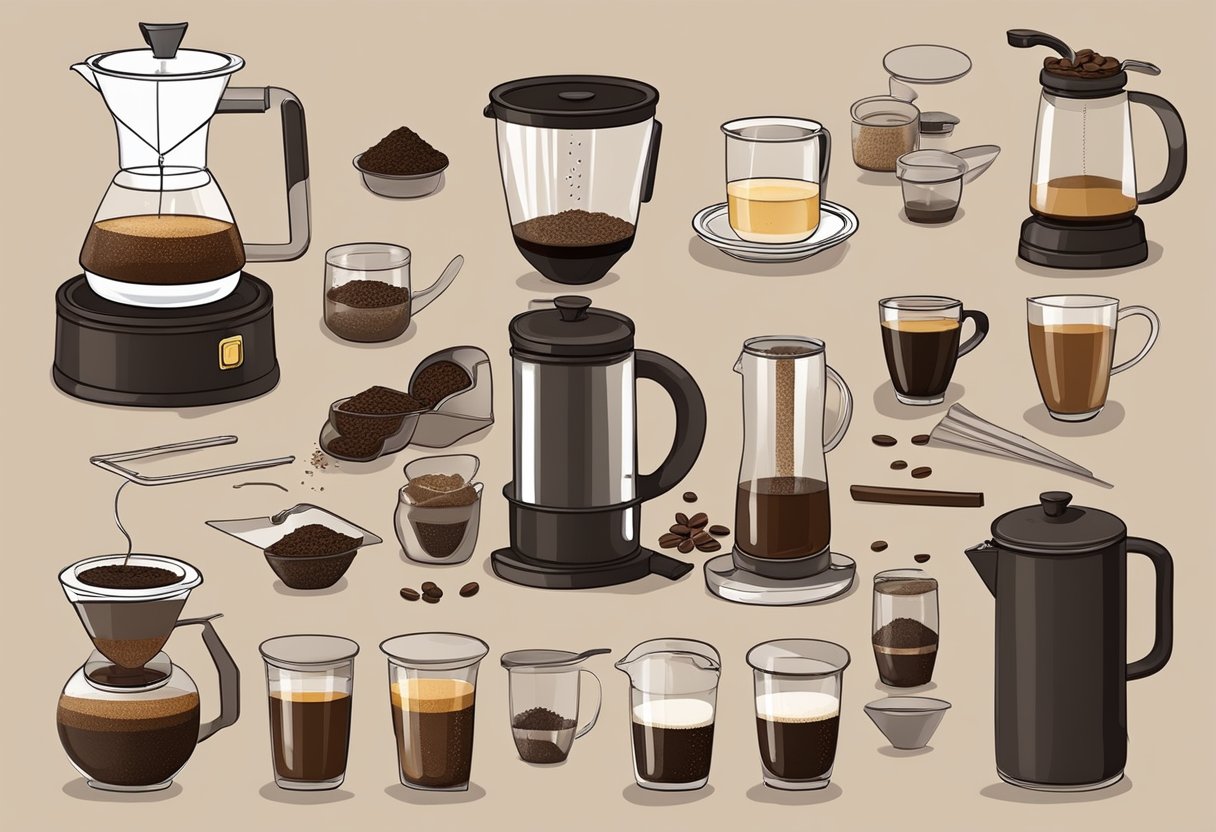1-800-982-4730
1-800-982-4730
Many coffee lovers wonder if they can reuse their coffee grounds to make another cup of coffee. The answer is not as straightforward as one might think. The number of times you can use coffee grounds depends on various factors, such as the type of coffee, brewing method, and personal preferences.

According to the research, you can reuse coffee grounds up to three times before their flavor starts getting significantly weaker. The first cup of coffee you brew will be the strongest and most flavorful, while the third cup will tend to be on the weaker side. On the fourth go-around, consider using a fresh batch of grounds instead. However, coffee connoisseurs say that reusing coffee grounds is not at all ideal, and it might affect the taste of the coffee.
It is important to note that reusing coffee grounds might not yield the same quality of coffee as using fresh coffee grounds. Most of the coffee's acids, sugars, and oils are removed during the first brew, so a second brew will contain mostly bitter plant fibers. In addition, oxygen in the water will break down any of the remaining flavors that do remain in the bean. Therefore, while it's possible to reuse coffee grounds, it is not recommended for those who are looking for a high-quality, flavorful cup of coffee.

When brewing coffee, there are several factors to consider to achieve the perfect cup. The brewing process involves the extraction of coffee components from the beans using water. The coffee grind, water temperature, extraction time, and brewing method all play a crucial role in the brewing session.
The first step in brewing coffee is to grind the beans. The coffee grind size affects the extraction rate and the flavor of the coffee. A finer grind size will result in a faster extraction rate and a stronger flavor, while a coarser grind size will extract more slowly and produce a milder flavor.
Once the coffee is ground, it's time to start the brewing process. The water temperature is an essential factor that affects the extraction process. The ideal temperature for brewing coffee is between 195°F and 205°F (90.5°C and 96.1°C). The water temperature should be consistent throughout the brewing process to ensure an even extraction.
The extraction time is another critical factor in the brewing process. The extraction time is the length of time that the water is in contact with the coffee grounds. The ideal extraction time is between 2 and 4 minutes, depending on the brewing method used.
One crucial step in the coffee brewing process is the bloom. The bloom is the initial contact between the coffee and water. The coffee releases carbon dioxide during the bloom, which can affect the flavor of the coffee. A good bloom will result in a better-tasting cup of coffee.
In conclusion, brewing the perfect cup of coffee involves several factors, including the coffee grind, water temperature, extraction time, and brewing method. By understanding the basics of coffee brewing, one can achieve a delicious cup of coffee every time.

Many coffee drinkers wonder if they can reuse coffee grounds to save money. While it is possible to reuse coffee grounds, there are both pros and cons to doing so.
Cost-Effective: Reusing coffee grounds can save money on coffee beans, especially for those who drink coffee frequently.
Environmental: Reusing coffee grounds can reduce waste and help the environment.
Unique Flavors: Reusing coffee grounds can produce unique flavors that are different from the first brew.
Over-Extraction: Reusing coffee grounds can lead to over-extraction, resulting in a bitter taste.
Under-Extraction: Reusing coffee grounds can also lead to under-extraction, resulting in a weak and sour taste.
Loss of Flavor Compounds: Reusing coffee grounds can cause a loss of flavor compounds, leading to a less flavorful cup of coffee.
Reduced Caffeine Content: Reusing coffee grounds can result in a lower caffeine content in the second brew.
Thin Body and Watery Taste: Reusing coffee grounds can result in a thin body and watery taste, which may not be desirable.
Overall, reusing coffee grounds can be a cost-effective and environmentally friendly option. However, it is important to be aware of the potential drawbacks, such as over-extraction, under-extraction, and loss of flavor compounds. Coffee lovers who decide to reuse their grounds should experiment with different brewing methods and ratios to find the perfect balance of taste, aroma, and caffeine content.

Aside from being a great source of energy, coffee grounds can also be repurposed in a variety of ways. Here are some alternative uses for coffee grounds that you may not have thought of before:
Composting: Coffee grounds are an excellent addition to compost, as they are rich in nitrogen and other nutrients that help break down organic matter. Simply add used coffee grounds to your compost bin, along with other organic waste, and mix well.
Fertilizer: Coffee grounds can also be used as a natural fertilizer for plants. The nitrogen in coffee grounds helps promote healthy growth and can be particularly beneficial for acid-loving plants like tomatoes and blueberries. Simply sprinkle used coffee grounds around the base of your plants and water as usual.
Body Scrub: Coffee grounds can be used as an exfoliating scrub for the body. Mix used coffee grounds with olive oil or coconut oil and apply to the skin in circular motions. Rinse off with warm water for soft, smooth skin.
Furniture Polish: Coffee grounds can be mixed with water to create a natural furniture polish. Simply apply the mixture to wood furniture with a soft cloth and buff to a shine.
Deodorizer: Coffee grounds can be used as a natural deodorizer for the home. Place used coffee grounds in a small bowl or sachet and leave in areas that need freshening up, such as the fridge or closet.
Pest Repellent: Coffee grounds can also be used as a natural pest repellent. Sprinkle used coffee grounds around the base of plants to keep pests like slugs and snails at bay.
By repurposing coffee grounds, you can reduce waste and create a more eco-friendly lifestyle. Try out some of these alternative uses for coffee grounds and see how they work for you!

Different brewing methods have varying impacts on the reuse of coffee grounds. Some methods are better suited for reusing coffee grounds than others. Here are some of the most popular brewing methods and their impact on reusing coffee grounds:
French press coffee is a popular brewing method that produces a rich and full-bodied cup of coffee. However, reusing coffee grounds in a French press can result in a bitter and over-extracted cup of coffee. It is not recommended to reuse coffee grounds in a French press.
Pour-over coffee is a popular brewing method that produces a clean and crisp cup of coffee. Reusing coffee grounds in a pour-over can result in a weaker cup of coffee with less flavor and aroma. It is not recommended to reuse coffee grounds in a pour-over.
Cold brew coffee is a popular brewing method that produces a smooth and low-acid cup of coffee. Reusing coffee grounds in cold brew can result in a weaker cup of coffee with less flavor and aroma. However, some people prefer to reuse coffee grounds in cold brew to make a more concentrated brew.
Espresso is a popular brewing method that produces a strong and bold cup of coffee. Reusing coffee grounds in an espresso machine can result in a bitter and over-extracted cup of coffee. It is not recommended to reuse coffee grounds in an espresso machine.
Aeropress is a popular brewing method that produces a clean and smooth cup of coffee. Reusing coffee grounds in an Aeropress can result in a weaker cup of coffee with less flavor and aroma. It is not recommended to reuse coffee grounds in an Aeropress.
Coffee filters are used in many different brewing methods, including pour-over and drip coffee. Reusing coffee filters can result in a weaker cup of coffee with less flavor and aroma. It is not recommended to reuse coffee filters.
In general, it is not recommended to reuse coffee grounds more than once. While it may save money and reduce waste, the resulting cup of coffee will be weaker with less flavor and aroma. It is always best to use a fresh batch of coffee grounds to make a delicious cup of coffee.